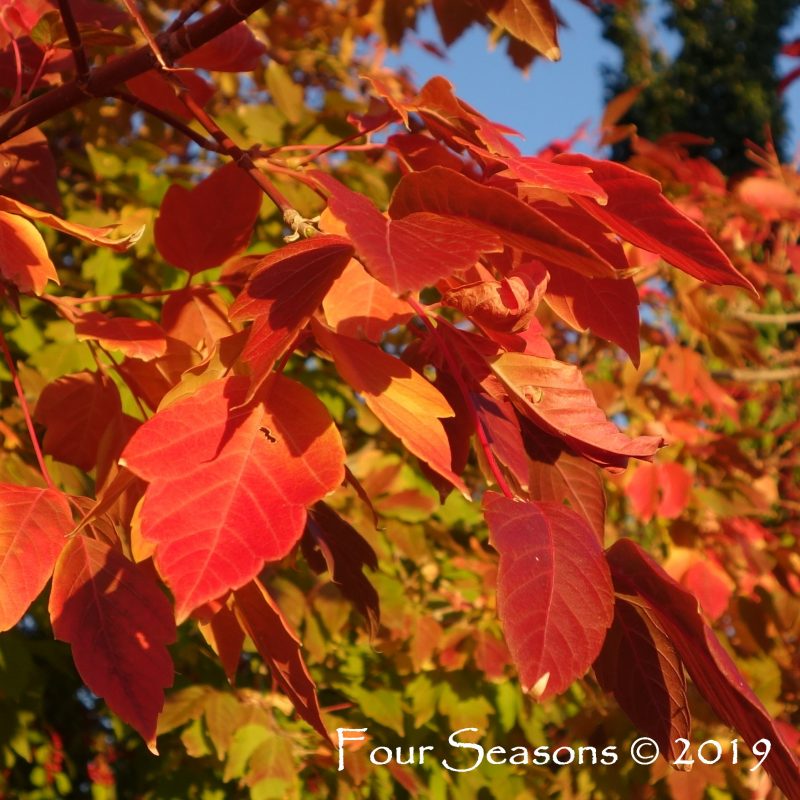You either love them or you hate raking them, but either way, it just wouldn’t be the fall season without leaves. Now that most of them are down, you might be wondering what to do with your abundance of leaves.
Although they are lovely to look at and fun to kick through, leaves can create problems in your garden so the first thing you need to do is remove them from your flower and vegetable beds. Leaves left to lay helter skelter where they’ve blown in and accumulated from the fall winds can actually do more harm than good. It becomes more an issue of health in your garden, rather than neatness.
If you leave a large amount of leaves to lay where they’ve fallen, you run the risk of harming your plants in several ways. All plants need to breathe and f your leaves accumulated and pack down, you run the risk of suffocating the plants beneath them since that can restrict airflow. If they are covering small plants, they will also make it difficult for them to get as much sunlight as possible and that’s important for their long term survival during our short winter days.
If you have a lot of leaves and they compact from people or pets walking on them, they can form a barrier that prevents water and other nutrients from reaching the roots. Matted leaves also can prevent desirable seeds that you may have planted this fall from germinating and sprouting come spring.
Leaves trapped among the branches of small shrubs, perennials, and trees can also act as a place for diseases and small critters to winter over. The diseases can harm or even kill otherwise healthy plants, and pests will burrow to escape winter’s cold, harming the roots. They may also trap other trash as it blows in the winter wind.
The good news is that it isn’t necessary to rake every last leaf up, unless you are looking to make a gargantuan pile for you and your kids to enjoy. I’m only talking about getting a large quantity out of the garden because a few leaves, left in selected places, can actually be beneficial.
Leaves do make a great mulch around tender plants. Build a base a few inches deep around newly planted perennials, shrubs, and trees. The trick is to be sure not to use too many, pack them too tightly, and be sure to leave plenty of airflow room around the plant. A collar made of chicken wire around your plant works well to help contain them.
If you have a mulching mower, you can run your leaves through that and use the mulch for this purpose or leave it to lay in the grass acting as fertilizer for your lawn in preparation for next spring. If you have a compost pile, add the mulched leaves to the compost pile- it’s a great source of carbon (the browns) which are sometimes otherwise difficult to find. Next spring, this pile will have decomposed over the winter and provide great compost for your vegetable and flower beds.
If you really can’t use all of the leaves you have, consider sharing them with a friend or neighbor. Once you begin asking around, you may be surprised how many folks will be happy to have them, particularly if they have their own compost pile.
Of course if you want to make that gargantuan pile to share with your kids first- go ahead. Childhood memories of jumping into piles of leaves are one of the delights of the season!

